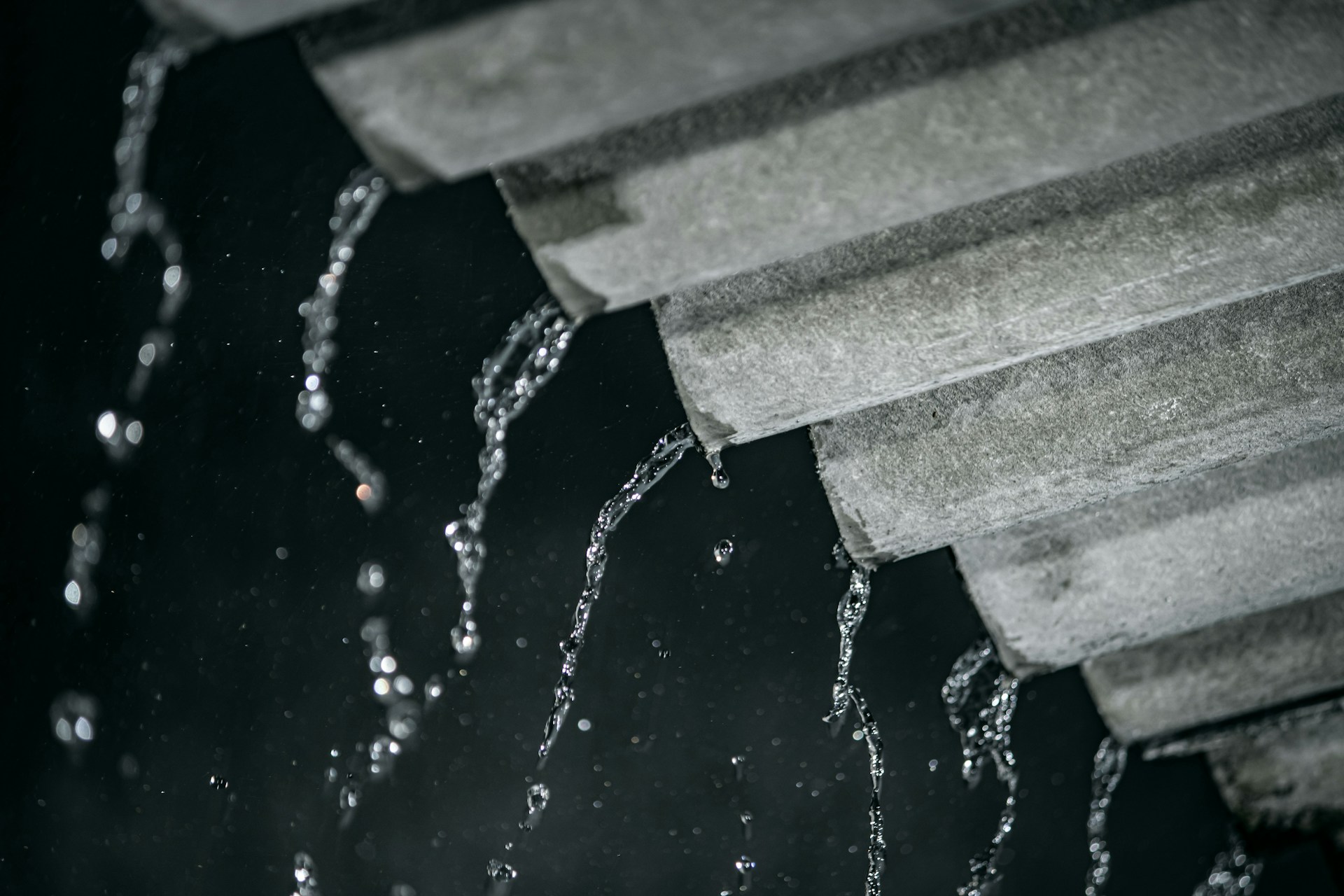A good roof drainage system is a key part of keeping a building safe and sound. It helps channel water off the roof, stopping it from ponding and causing trouble. Without proper drainage, rainwater can seep into the structure and lead to costly repairs due to damage and mold. That makes understanding roof drainage systems important to keeping your home in tip-top shape.
Roof gutters, downspouts, and scuppers work together to steer water away from your roof. Each piece plays a role in making sure that your roof stays dry and free from leaks. When these systems are well-maintained, they not only preserve the roof’s integrity but also lengthen its lifespan.
Modern roofing solutions now include advanced technologies that improve how roof drainage functions. Incorporating solar panels with drainage systems is one such feature, providing efficiency and eco-friendliness. Recognizing the value of solid drainage systems helps in making informed decisions about home and building maintenance, protecting your investment for the future.
Components of Roof Drainage Systems
Roof drainage systems are a vital part of any building, preventing water accumulation and potential damage. Key components include gutters, downspouts, and scuppers, each playing a significant role in managing rainwater.
Gutters are channels attached to the edge of the roof. They collect rainwater that falls off the roof and direct it towards the downspouts. The design of gutters ensures that water flows smoothly without overflowing. Properly sized and installed gutters can handle different volumes of water, depending on the local climate and roof size.
Downspouts are vertical pipes that connect to the gutters. Their main job is to guide the water from the gutters to the ground or drainage pipes. This prevents water from pooling around the foundation, which can lead to leaks and structural issues. Proper placement and sloping of downspouts are crucial for efficient water drainage.
Scuppers and drains are additional features often used in flat roofing systems. Scuppers are openings that allow water to exit the roof through the perimeter walls. Roof drains are installed directly on the roof’s surface to remove water in cases where traditional gutters and downspouts aren’t suitable. Together, these components ensure effective water management, lowering the risks of roof damage.
Preventing Water Damage with Proper Drainage
Proper drainage systems are essential to prevent water damage in buildings. When drainage is neglected, several risks arise, including mold growth and structural damage. Mold thrives in damp conditions, and a leak-free roof is key to keeping it at bay. Mold doesn’t just affect your building’s appearance; it can also pose health risks to occupants.
Water damage goes beyond the mold. Continuous exposure to water can weaken the roof and ceiling structures, leading to costly repairs. A compromised roof can jeopardize the safety of the entire building. This makes addressing roof drainage a critical part of maintenance.
Regular maintenance and inspections are needed to ensure the drainage system functions correctly. Benefits of routine checks include:
- Early detection of blockages in gutters and downspouts, preventing overflows.
- Identifying damage or wear and tear before it becomes severe.
- Assurance of proper equipment function, like pitched gutters and securely fastened downspouts.
By maintaining a strong roof drainage system, you not only protect your property but also ensure a longer-lasting roof. Frequent inspections and timely repairs can save significant costs in the long run, offering peace of mind during rainy seasons.
Enhancing Roof Longevity
Proper roof drainage systems are key to extending the lifespan of a roof. When these systems function well, they effectively remove water, preventing it from sitting on the roof or seeping into the structure. This reduces wear and tear, helping the roof last longer. A well-maintained drainage system can even prevent issues that might otherwise necessitate a full roof replacement.
A roof that’s consistently exposed to water without adequate drainage will experience more rapid deterioration. Water can cause materials to break down, leading to cracks, leaks, and even collapse. Regularly checking and maintaining your roof’s drainage keeps these problems at bay, ensuring that water flows where it should—away from your home.
Common problems that arise from poor roof maintenance include clogged gutters and downspouts, which prevent water from draining properly. Leaves, debris, and ice can block these pathways. Routine inspections and cleaning address these blockages, allowing the drainage system to work efficiently.
Innovative Solutions for Modern Roofing
Modern roofing has evolved to include innovative drainage solutions that improve efficiency and performance. Advanced drainage technologies now incorporate features such as heated gutters and self-cleaning systems that minimize manual upkeep. Heated gutters prevent ice dams, common in colder climates, by melting snow and ice, ensuring proper water flow year-round.
Integrating solar panels with roof drainage systems is another innovation. Solar panels can be strategically placed to ensure they do not impede drainage but rather complement it. Specialized mounts and racks can direct water to the gutters, maximizing both solar efficiency and water management. This combination means greener energy and better protection against water damage.
Today’s roofing solutions are not just about protection but also involve energy efficiency and sustainability. With technological advancements, these systems offer better reliability and peace of mind, ensuring that you benefit from both longer-lasting roofs and lower utility bills.
Conclusion
Roof drainage systems are an essential part of roof maintenance and preservation. They play a critical role in protecting your home from unnecessary water damage and extend the lifespan of your roof. With modern advancements, these systems are more efficient and easier to maintain than ever before. Understanding their importance not only helps safeguard your home but also boosts its overall energy efficiency.
James Kate Roofing & Sola stands ready to help you enhance your home’s drainage systems with cutting-edge solutions. Whether you need a new installation, an upgrade, or regular inspections, our experts are here to ensure your roof performs at its best. Contact our roofers today to learn how we can protect your roof and enhance your home’s sustainability with our expert roofing solutions.

